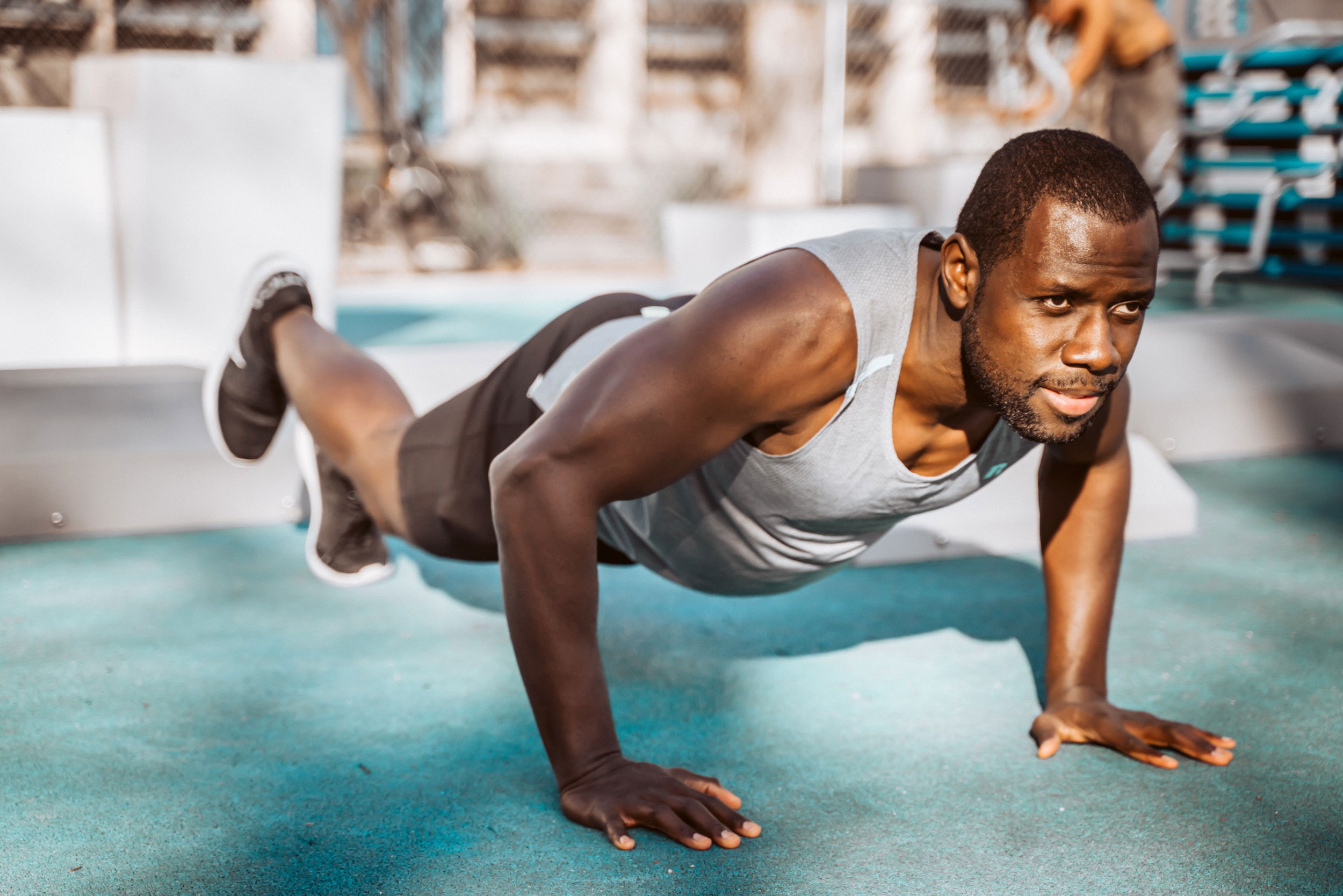Incorporating Bodyweight Exercises into Your Home Workouts
Home workouts have become increasingly popular, and for a good reason. They offer convenience, flexibility, and the opportunity to stay fit without the need for expensive equipment or gym memberships. One of the most effective and versatile forms of home exercise is bodyweight training. Bodyweight exercises use your body as resistance to build strength, improve endurance, and enhance overall fitness. In this comprehensive guide, we will explore the benefits of bodyweight exercises, provide a variety of exercises you can do at home, and offer tips on how to design an effective bodyweight workout routine.
The Advantages of Bodyweight Exercises
Convenience and Accessibility: Bodyweight exercises require little to no equipment, making them ideal for home workouts or when you're on the go.
Cost-Effective: With no need for weights or machines, bodyweight training is a budget-friendly option for fitness enthusiasts.
Full-Body Workout: Bodyweight exercises engage multiple muscle groups simultaneously, providing a full-body workout in less time.
Improved Functional Strength: Bodyweight exercises mimic natural movements, enhancing functional strength for everyday activities.
Increased Flexibility and Range of Motion: Many bodyweight exercises involve stretching and dynamic movements, promoting flexibility and mobility.
Adaptable for All Fitness Levels: Bodyweight exercises can be modified to suit various fitness levels, from beginners to advanced athletes.

Key Bodyweight Exercises for Home Workouts
Push-Ups: An excellent upper body exercise that targets the chest, shoulders, and triceps.
Squats: A fundamental lower body exercise that works the quadriceps, hamstrings, and glutes.
Lunges: Strengthen the legs and improve balance with forward or reverse lunges.
Planks: A core-strengthening exercise that also engages the arms, shoulders, and legs.
Burpees: A full-body, high-intensity exercise that combines strength and cardio elements.
Glute Bridges: Target the glutes and lower back while also activating the core.
Designing Your Bodyweight Workout Routine
Creating an effective bodyweight workout routine involves a combination of exercises that target different muscle groups and provide a well-rounded training session. Here's a sample home workout routine:
Warm-Up: Start with five to ten minutes of light cardio, such as jumping jacks or jogging in place, to raise your heart rate and prepare your muscles for exercise.
Circuit Training: Perform a series of bodyweight exercises in a circuit format, moving from one exercise to the next with little to no rest in between.
Push-Ups: 3 sets of 12 reps
Squats: 3 sets of 15 reps
Lunges: 3 sets of 12 reps per leg
Planks: Hold for 30 seconds, repeat 3 times
Burpees: 3 sets of 10 reps
Cool Down: End your workout with a few minutes of static stretching to improve flexibility and prevent muscle soreness.
Tips for Safe and Effective Bodyweight Workouts
Maintain Proper Form: Focus on maintaining proper form and technique during each exercise to prevent injuries and maximize results.
Start Slowly: If you're new to exercise or bodyweight training, start with fewer repetitions and gradually increase the intensity as you progress.
Rest and Recovery: Allow your muscles time to recover between workouts to avoid overtraining and reduce the risk of injury.
Listen to Your Body: Pay attention to your body's signals and adjust your workout intensity as needed. If an exercise feels too challenging, modify it to suit your fitness level.
Stay Consistent: Consistency is key to seeing results with any workout routine. Aim to exercise regularly, even if it's just a few minutes each day.

Conclusion
Incorporating bodyweight exercises into your home workouts is a practical and effective way to stay fit and active without the need for fancy equipment or a gym membership. Whether you're a beginner or a seasoned fitness enthusiast, bodyweight exercises offer a wide range of benefits, from building strength and endurance to improving flexibility and mobility.
Remember to start slowly, focus on proper form, and listen to your body as you design your bodyweight workout routine. With dedication and consistency, bodyweight training can help you achieve your fitness goals and maintain a healthy and active lifestyle from the comfort of your home.
Sources:
- American Council on Exercise - "7 Reasons to Add Strength Training to Your Workout Routine" - acefitness.org/education-and-resources/lifestyle/blog/6293/7-reasons-to-add-strength-training-to-your-workout-routine
- Harvard Health Publishing - "The 4 most important types of exercise" - health.harvard.edu/staying-healthy/the-4-most-important-types-of-exercise
- Mayo Clinic - "Exercise: 7 benefits of regular physical activity" - mayoclinic.org/healthy-lifestyle/fitness/in-depth/exercise/art-20048389